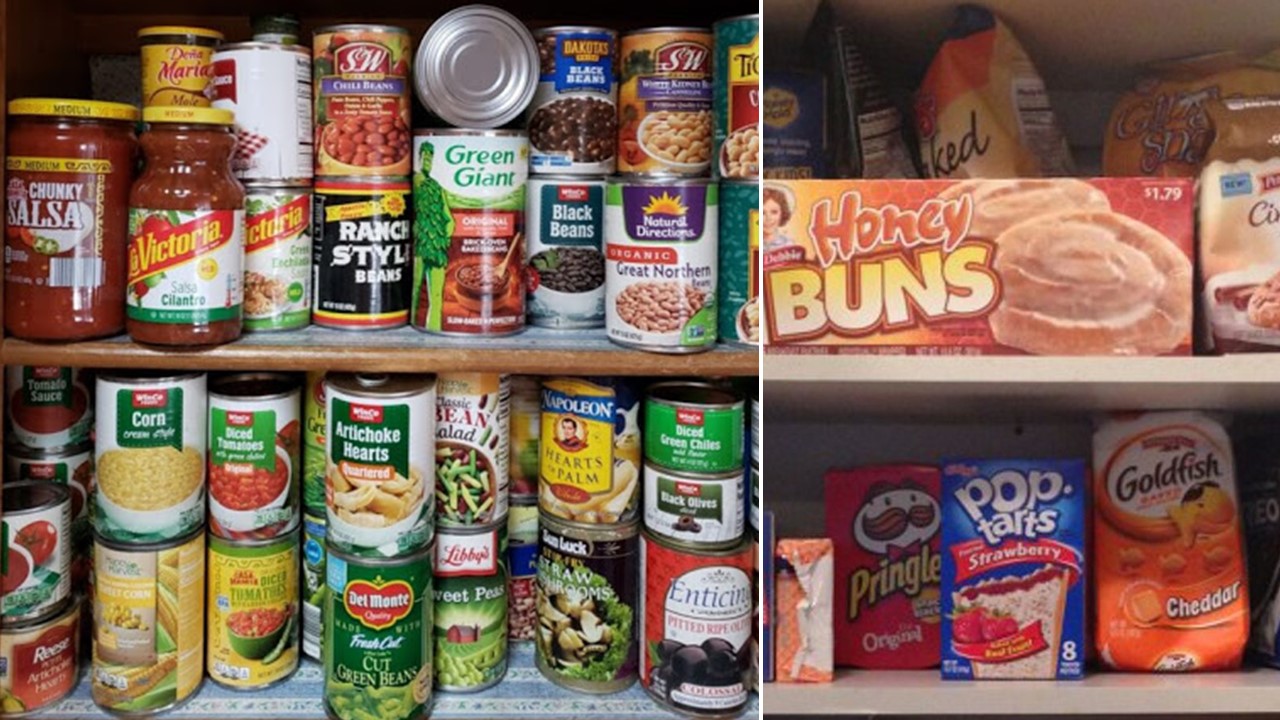As we struggle to reset and find a “new normal” in the midst of a pandemic, we have mainly been focusing on our personal challenges. Yes, we know about what is happening in the nursing homes but, again, that quest is personal as many of us have loved ones who reside in nursing homes. But what about the prisoners? They are a large population living in confined spaces. That is precisely where this disease does it’s most damage.
Prisons have two of the toughest challenges in America today. First, as previously mentioned, they have a population of suitable hosts who cannot effectively protect themselves. Second, they are part of a lost and forgotten part of society. They are citizens who other citizens don’t think (or even care) about. In fact, there have been some who have even advocated for involuntarily using prisoners to test potential vaccines in a modernized Tuskegee Experiment.
However, there are those who are not only advocating for prisoners, but are collecting state-by-state data on how this population is faring in the face of this crisis. Since March, The Marshall Project, a nonprofit organization dedicated to journalism about criminal justice, has been tracking how many people are being infected and killed in prisons. They are also tracking how widely it has spread across the country in one of the most underserved populations. Here are some of the highlights of their research:
- By Aug. 18, at least 102,494 people in prison have tested positive, a 7% increase from the week before.
- Of those infected, 77,026 have recovered.
- The states with the highest level of prisoner infections are Texas, Florida, Federal, California, Ohio, and Arkansas.
- The first known death of a prisoner was in Georgia on March 26.
- In total, 889 prisoners have died with a peak of 87 in early May and recent surge as nationwide infections increase.
- The states with the highest level of prisoner deaths are Texas, Federal, Ohio, Florida, Michigan, and California.
When you have an essential operation like prisons, there are essential workers needed to run it. If prisoners are getting infected, then the prison staff are being exposed. Correctional officers, nurses, chaplains, wardens, etc. are all at risk. Unfortunately, states have not consistently collected the data about their correctional employees. Instead, the count only includes those who voluntarily report a diagnosis, most often in the course of calling out sick.
The latest data (up to the week of Aug. 18) shows the following:
- There have been at least 22,544 confirmed cases reported among prison staff.
- 14,838 staff have recovered,
- There have been at least 72 deaths among prison staff reported.
- In the recent week, 18 states released information on their positive cases among staff. This suggests that there could be more infections and/or deaths unreported in other states.
Prisons and prisoners represent a tough litmus test for America. For Black Americans, it becomes more problematic. Black Americans are incarcerated at more than 5 times the rate of whites and, on average, serve longer sentences for the same crimes. These facts place more Black Americans in jeopardy of being infected. When you pair this with a general lack of care and concern for prisoners, the number of infections could continue to rise with little resources dedicated to prevention and treatment. As society moves closer to a vaccine and (hopefully) a return to normal functioning, are we prepared to treat those who have been incarcerated with the humanity they deserve?







